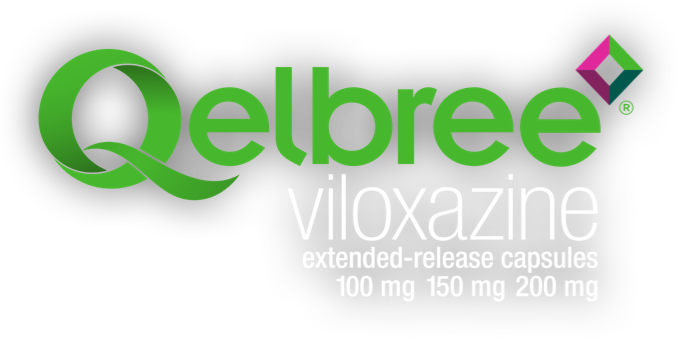
ADHD in women and men
While gender can’t completely predict someone’s ADHD journey, there can be differences in how women and men present their ADHD symptoms, and their age of diagnosis.
ADHD in women
Women with ADHD are more likely to:
- Experience symptoms of inattentive ADHD, which can be less obvious than hyperactive and impulsive symptoms. These include being disorganized, distracted, overwhelmed, or trouble initiating tasks
- Mask or overcompensate for their symptoms, leading to a delayed diagnosis
- Get diagnosed in adulthood, despite having dealt with ADHD symptoms since childhood. In fact, most women with ADHD don’t receive an accurate diagnosis until their late 30s or early 40s
- Experience fluctuations in the severity of their ADHD symptoms over the course of their hormone cycles
Did you know? The percentage of women newly diagnosed with ADHD between 23-29 and 30-49 years of age nearly doubled in just two years, from 2020 to 2022
Women with ADHD are more likely to be called out for:
- being overwhelmed
- being chronically disorganized
- exhibiting poor time management/chronic lateness
- experiencing low self-esteem
- being unable to manage daily activities/chores
- finding making/keeping friendships difficult
Research now points to the fact that the prevalence of ADHD in adult women is significant. And we are in need of better training and tools to diagnose and support treatment.
ADHD in men
Men with ADHD are more likely to:
- Experience symptoms of hyperactive and impulsive ADHD
- Get diagnosed in childhood, as they’re more likely to act out in the classroom or at home
- Engage in “externalizing” behavior, or hyperactive/impulsive behaviors directed outwardly towards other people or one’s environment
Men with ADHD are more likely to be called out for:
- sloppiness
- careless mistakes
- trouble listening
- forgetting appointments
- procrastination
- restlessness
- disorganization
- misplacing things constantly
- excessive talking
- inability to contain frustration
Both men’s and women’s ADHD experiences are challenging and valid. But if we’re to close this diagnosis gap, knowing how they may differ is key. Luckily, as ADHD awareness continues to rise, so do the number of women getting diagnosed and treated.
What is Qelbree?
Qelbree is the first non-stimulant approved for adult ADHD in over 20 years.



